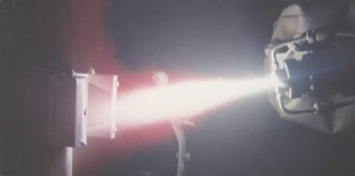

Our thermal spraying technology is first-class. At present, the surface pretreatment is generally divided into three steps: surface pre-processing, surface purification and surface roughening (or activation).
1 Surface pre-processing

Its purpose: one is to make the surface of the workpiece suitable for coating deposition and increase the bonding area; the other is to help overcome the shrinkage stress of the coating. Pre-processing certain parts of the workpiece to disperse the local stress of the coating and increase the shear resistance of the coating. Commonly used methods are round corners and prefabricated coating grooves. Coarse threading on the surface of the workpiece is also one of the commonly used methods, especially when spraying large workpieces, threading is often used to increase the bonding area. Two issues should be paid attention to when turning threads. First, the thread section should be suitable for spraying. Rectangular section or semicircular section is not conducive to the combination of coatings. In addition, the thread should not be too deep, otherwise the spraying will be too thick and the cost will increase. It is also possible to "knurl" the coated surface or combine turning thread and knurling.
2 Surface purification
Methods such as solvent cleaning, lye cleaning and heating degreasing are often used to remove surface oil and maintain cleanliness. Commonly used cleaning solvents are: gasoline, acetone, carbon tetrachloride and trichlorohexene. Alkali solution is often used to clean large repaired workpieces. The lye is generally prepared with sodium hydroxide or sodium carbonate, which is a relatively inexpensive method.
3 Sandblasting roughening treatment
Sandblasting can form a uniform and uneven rough surface on the cleaned surface, which facilitates the mechanical bonding of the coating. Use clean compressed air to drive clean sand particles to spray on the surface of the workpiece, which can generate compressive stress on the surface of the substrate, remove the surface oxide film, and cause partial surface metal to produce lattice distortion, which is conducive to the physical bonding of the coating. The substrate metal can obtain a clean, rough and highly active surface after sandblasting. This is an important pretreatment method.
Hot information

